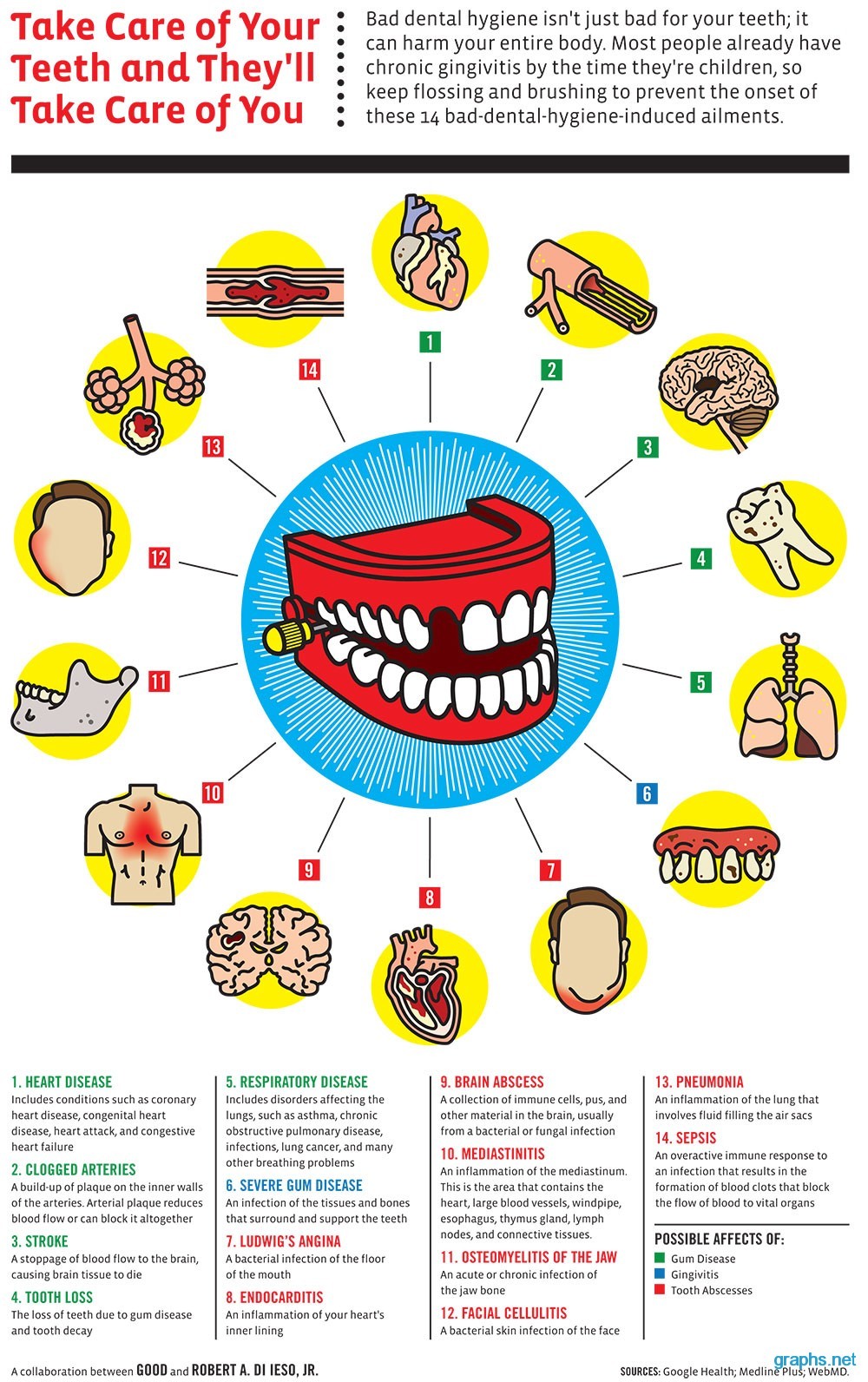The Horizon Of Dental Surgery: Revolutionary Innovations And Enhancements Forming The Occupation
The Horizon Of Dental Surgery: Revolutionary Innovations And Enhancements Forming The Occupation
Blog Article
Post Writer-Foldager Maloney
Invite to the world of oral surgery, where advancements and breakthroughs are forming the future of the area! In general dentistry , you'll witness the transformative power of robotics, the innovative marvel of 3D printing, and the game-changing effect of minimally intrusive techniques.
The future of dental surgery holds a guarantee of accuracy, effectiveness, and improved client end results. With the help of innovative robotics, specialists are able to do complex procedures with better accuracy and control.
3D printing innovation is reinventing the production of dental implants and prosthetics, providing personalized solutions that fit effortlessly right into each individual's unique makeup.
In addition, minimally intrusive strategies are reducing post-operative pain and recovery time, enabling individuals to return to their day-to-days live earlier.
Prepare to discover the amazing developments and breakthroughs that are improving the landscape of oral surgery!
Developments in Robotics
One significant innovation in oral surgery is making use of robot innovation, which allows for precise and effective surgeries. With the help of robot systems, dental cosmetic surgeons have the capacity to perform intricate surgical procedures with boosted accuracy, lessening the danger of human error.
These robotic systems are furnished with sophisticated imaging technology and exact instruments that enable cosmetic surgeons to navigate with intricate anatomical structures effortlessly. By using robot modern technology, cosmetic surgeons can achieve better surgical accuracy, resulting in improved individual outcomes and faster healing times.
On top of that, making use of robotics in oral surgery allows for minimally intrusive treatments, minimizing the injury to bordering cells and advertising faster recovery.
3D Printing in Oral Surgery
To enhance the field of oral surgery, you can check out the subtopic of 3D printing in dental surgery. This ingenious innovation has the prospective to transform the way oral doctors operate and deal with people. Here are four essential ways in which 3D printing is forming the area:
- ** Personalized Surgical Guides **: 3D printing allows for the creation of highly exact and patient-specific surgical guides, enhancing the precision and performance of procedures.
- ** Implant Prosthetics **: With 3D printing, oral cosmetic surgeons can create customized dental implant prosthetics that completely fit an individual's one-of-a-kind makeup, leading to much better end results and individual contentment.
- ** Bone Grafting **: 3D printing enables the manufacturing of patient-specific bone grafts, decreasing the need for typical implanting strategies and improving healing and healing time.
- ** dental bonding austin and Educating **: 3D printing can be utilized to develop sensible medical models for educational functions, permitting oral cosmetic surgeons to practice complicated procedures prior to executing them on people.
With its potential to enhance accuracy, customization, and training, 3D printing is an amazing growth in the field of oral surgery.
Minimally Invasive Methods
To better progress the area of oral surgery, welcome the possibility of minimally intrusive methods that can substantially profit both cosmetic surgeons and individuals alike.
Minimally intrusive strategies are transforming the field by decreasing medical injury, lessening post-operative pain, and increasing the recovery process. These methods entail utilizing smaller sized incisions and specialized tools to perform procedures with precision and effectiveness.
By using sophisticated imaging innovation, such as cone beam of light computed tomography (CBCT), doctors can accurately intend and implement surgical treatments with minimal invasiveness.
Furthermore, using lasers in oral surgery enables specific tissue cutting and coagulation, resulting in minimized bleeding and decreased recovery time.
With minimally invasive techniques, patients can experience quicker recuperation, minimized scarring, and enhanced end results, making it a necessary aspect of the future of dental surgery.
Conclusion
So, as you can see, the future of dental surgery is extremely encouraging, with exciting technologies and advancements shaping the field.
From the advancements in robotics to the use of 3D printing and minimally invasive methods, oral cosmetic surgeons are changing the method they offer treatment.
While some may bother with the prospective expense connected with these innovations, it is necessary to remember that these modern technologies ultimately improve patient end results and decrease healing time, making them well worth the investment in the long run.
